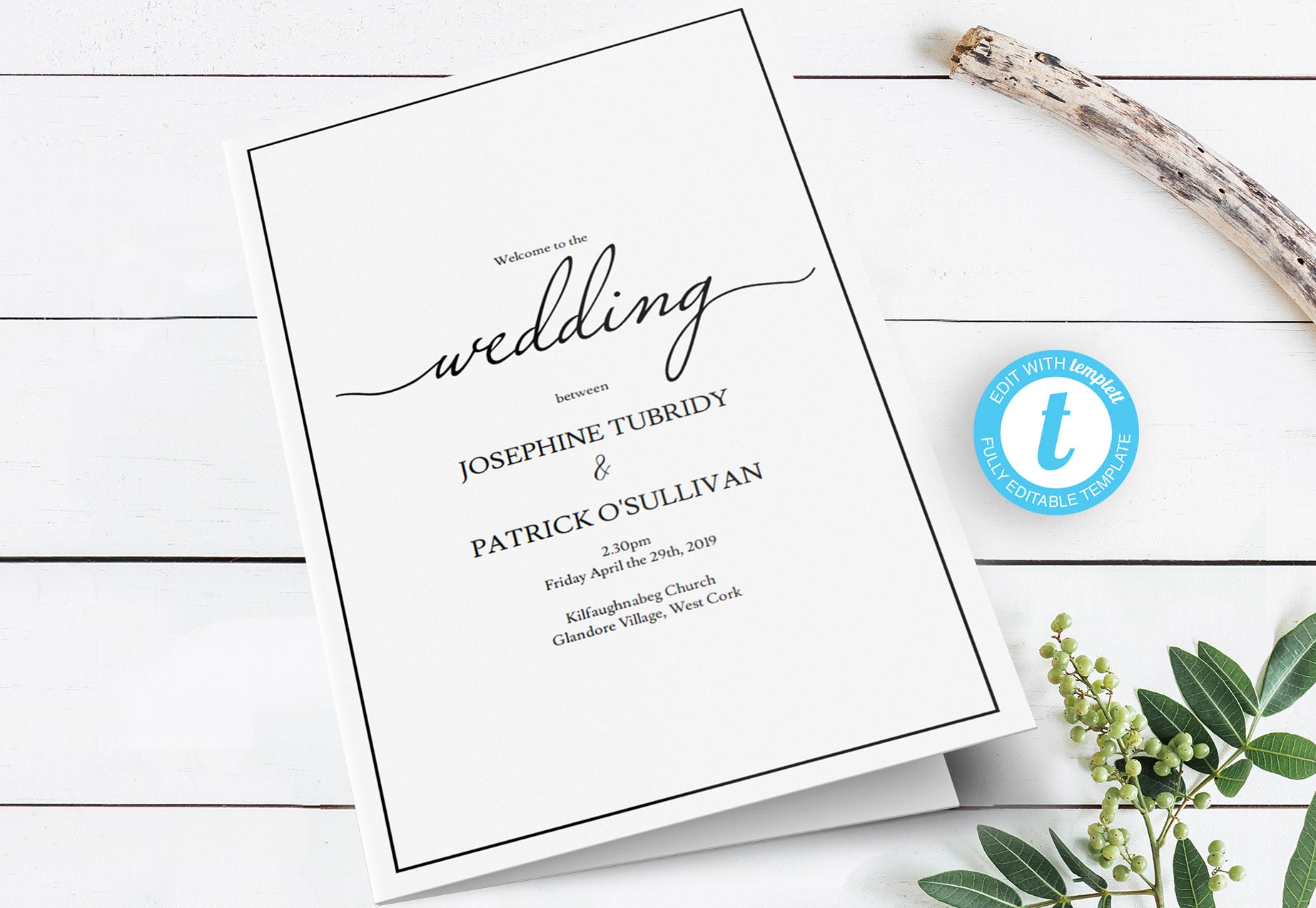

The ‘x-height’ is the height of lowercase letters without any extensions, such as ‘a’, ’c’, and ‘x’. Ascending letters, on the other hand, are typefaces that extend above what is known as the ‘x height’, like ‘k’, ’l’, and ‘b’. Descending letters are any letters that drop below that baseline – ‘g’, ’y’, ’j’ and ‘p’, for example. The invisible line that your type sits on is called the baseline. This creates a dynamic, playful effect.ĭesigning with descending letters What are descending letters ? On a business card, for example, larger scale initials can be printed as a background, with smaller contrasting text on top. You can also use type as a graphic element.Clean, simple typefaces can often work better for more corporate businesses, whereas creative or craft businesses can afford to use something more expressive.Smaller details that need to be easily read, like the venue location and time, could be printed in a cleaner font which can afford to be smaller. In this case, you would need to print in a much larger size to make sure it’s legible. For example, if you’re designing a wedding invitation, you might choose to use an elaborate, script typeface for the names to create an impact. The typeface and font you choose can also have a big impact on how large it should be printed.
#Adobe illustrator fonts for wedding program how to#
Lightweight fonts, like Helvetica Neue UltraLight, would need to be printed larger than a heavier font, such as Franklin Gothic to be legible.” How to choose the right font size for printĪccording to MOO’s graphic designer Emily Wheeler, “Your Business Card, Flyer or Postcard should have a minimum font size of 7pt, while printed T&Cs should be no smaller than 6pt.” How do different typefaces affect font size ? The type of font you use will also dictate how easily it can be read. “Your brand’s words can appear in any number of places, from the top of a billboard to the back of a business card,” explains Millie, our Head of Design, “so, the size of the canvas that your letters will sit on will have a big influence on how tall they stand. So, now we’ve covered the basics, what about designing? Choosing your font size How big does my font need to be? Type is the encompassing typography term for all fonts and typefaces. For example, Helvetica Light Oblique and Helvetica Bold all belong to the Helvetica typeface as they carry the same inherent design.
-149x336.jpg)
The font is the weight and size of a typeface. This is the term for the unique design of individual type – e.g Helvetica. The typeface is also known as a “font family”. In a nutshell, here’s what the main typography terms mean: Typeface The terminology around fonts is complex, with the words font and typeface often being used interchangeably. What’s the difference between type, typeface and font? When it comes to questions on type, who better to ask than graphic designers? We sat down with MOO’s creative team to demystify the jargon and get some helpful tips on making your designs look their best. If you’re new to designing with type, or just want to brush up with some helpful tips to elevate your aesthetic, we’ve got you covered.


 0 kommentar(er)
0 kommentar(er)
